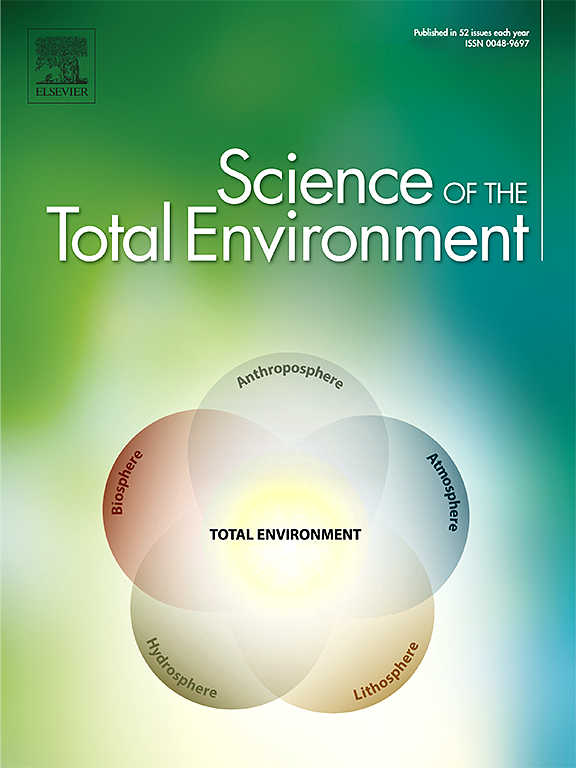A methodological framework for the optimal design of injection barriers against seawater intrusion in coastal-rural regions
IF 8.2
1区 环境科学与生态学
Q1 ENVIRONMENTAL SCIENCES
引用次数: 0
Abstract
Seawater intrusion (SWI) has nowadays evolved into a major problem for many coastal areas worldwide, adversely affecting both the environment and local economies. To alleviate its serious consequences, injection barriers are often employed as a countermeasure against SWI. However, planning proper injection strategies poses significant decision-making challenges in coastal aquifer management (CAM). In this context, this study investigates the applicability and effectiveness of constructing injection barriers to combat SWI, specifically aiming at designing optimal injection schemes. For this purpose, an advanced approach has been adopted that considers socio-economic factors associated with economic benefits in the agricultural sector and the implementation costs of injection, while incorporating the following components: (a) a hydro-economic model for investigating how groundwater salinity due to SWI advancement impacts farmers' profits; (b) a coupled simulation-optimization framework for maximizing farmers' profits at the farm level under various injection scenarios using different amount of water; (c) a cost-benefit analysis for assessing the economic viability of the applied scenarios by calculating the B/C (benefit/cost) ratio; and, finally, (d) an analysis focused on identifying the relationship between the B/C ratio and the amount of water used for injection. The ultimate goal is to determine the optimal water volume, at which economic benefits are equal to implementation costs (B/C = 1). Under this solution, benefits are maximized without costs exceeding them, thus ensuring the economic viability of injection. According to our results, an optimal water volume of 2.625*106 m3/year allocated to the injection wells was determined. This allocation strongly depends on the spatial distribution of crops across agricultural parcels as certain injection wells were prioritized over others. In conclusion, this study provides valuable insights into the beneficial effects of injection barriers in combating SWI, while aiding operating managers in developing CAM strategies that are both cost-effective and acceptable to water users.

求助全文
约1分钟内获得全文
求助全文
来源期刊

Science of the Total Environment
环境科学-环境科学
CiteScore
17.60
自引率
10.20%
发文量
8726
审稿时长
2.4 months
期刊介绍:
The Science of the Total Environment is an international journal dedicated to scientific research on the environment and its interaction with humanity. It covers a wide range of disciplines and seeks to publish innovative, hypothesis-driven, and impactful research that explores the entire environment, including the atmosphere, lithosphere, hydrosphere, biosphere, and anthroposphere.
The journal's updated Aims & Scope emphasizes the importance of interdisciplinary environmental research with broad impact. Priority is given to studies that advance fundamental understanding and explore the interconnectedness of multiple environmental spheres. Field studies are preferred, while laboratory experiments must demonstrate significant methodological advancements or mechanistic insights with direct relevance to the environment.
 求助内容:
求助内容: 应助结果提醒方式:
应助结果提醒方式:


